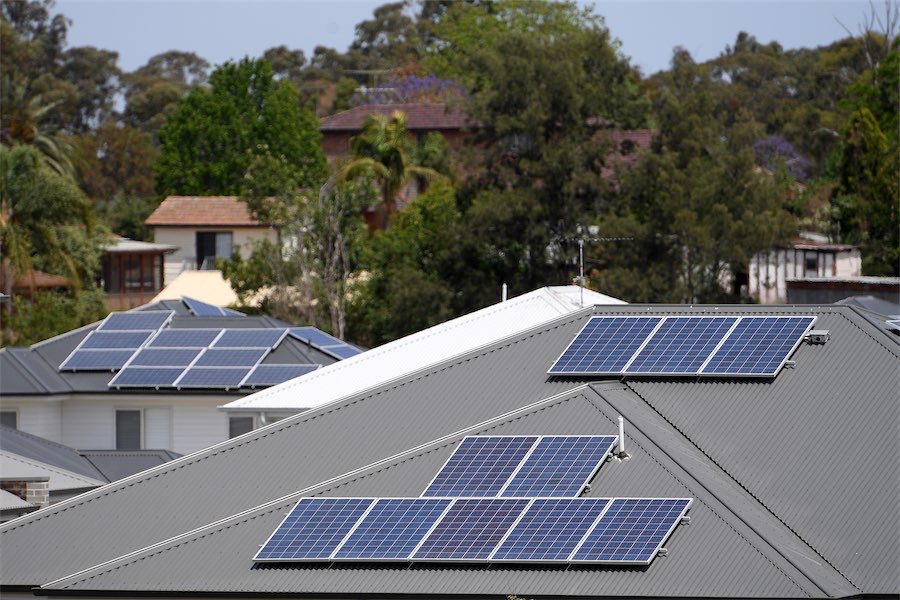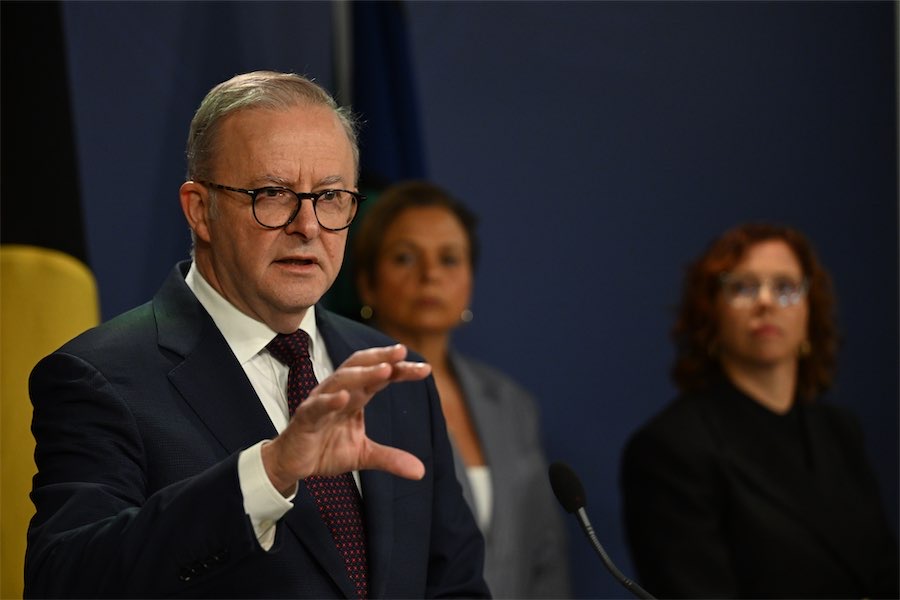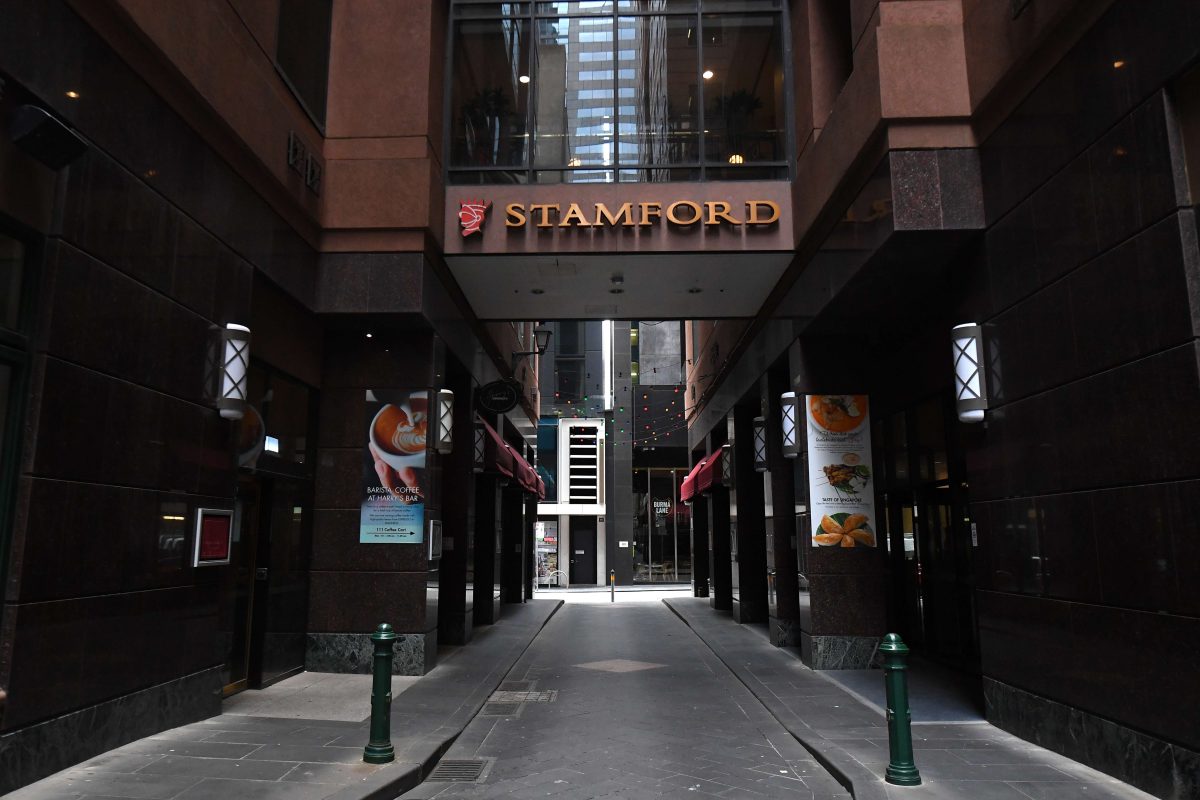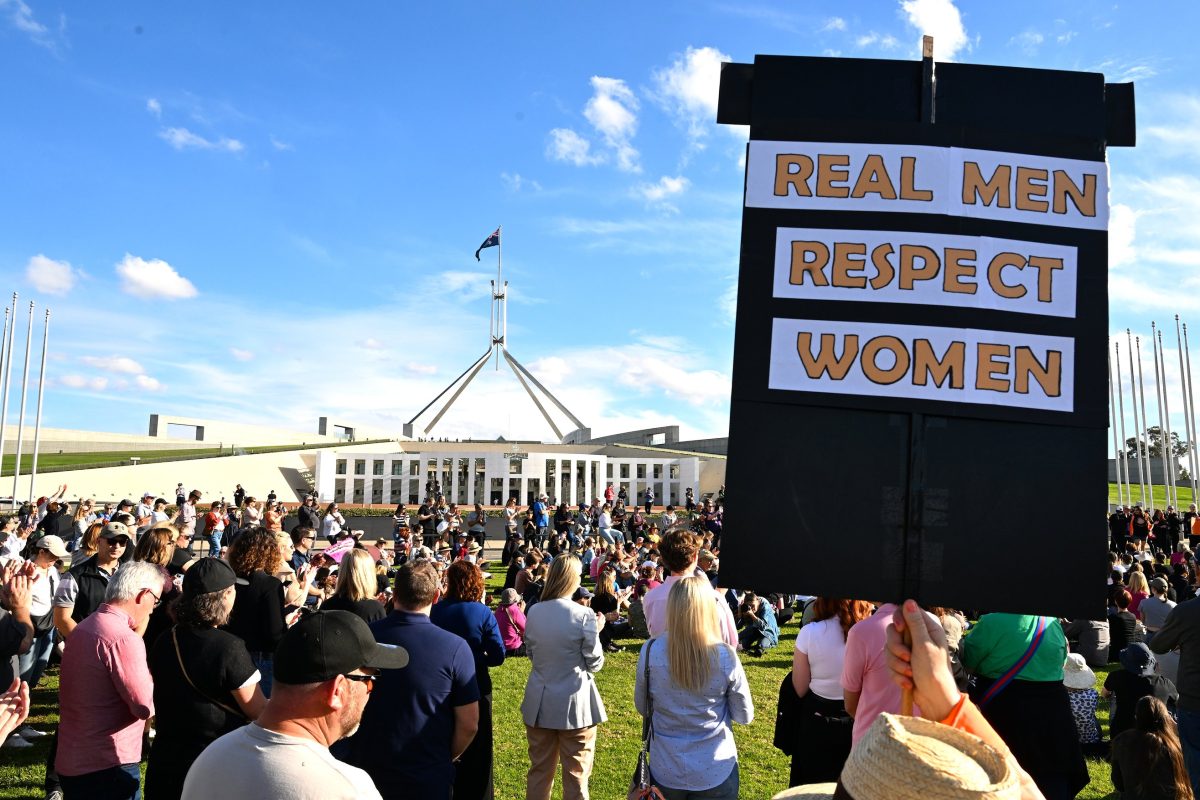
By Marion Rae in Canberra
AUSTRALIA must urgently invest in new large-scale energy assets as coal plants retire and solar goes through the roof, the regulator has warned.
Record rooftop solar and a mild winter sparked a plunge in wholesale electricity and gas prices in the three months to September, according to data released on Thursday.
Low demand and more low-price offers from generators resulted in cheaper wholesale prices, the Australian Energy Regulator’s (AER) Wholesale Markets Quarterly Report explained.
Electricity demand fell to its lowest-ever level for a third quarter, averaging about five per cent lower compared to a year earlier.
Solar output was up almost a third (31 per cent) on the same quarter last year, and in September alone was 41 per cent up on a year ago.
Although prices continue to be set by the most expensive generators, record solar is taking pressure off the overall grid – for now.
With 8.3 gigawatts scheduled to exit the market in the next 10 years as coal plants retire, there is a “pressing need for new investment” across the national electricity market, AER said.
Energy Minister Chris Bowen told AAP the report showed lower wholesale electricity prices as a result of increased penetration of renewable energy sources.
Mr Bowen said the report also confirmed the need for critical investments in new affordable dispatchable capacity, which are being supported through a capacity investment scheme.
The opposition’s “dangerous plan” to pause all renewable developments risked blackouts and price spikes for households and businesses across the nation, he said.
Average prices in the national electricity market ranged from $31 per MWh in Tasmania to $114 per MWh in SA, but prices this quarter were lower in all regions compared to the previous three months.
Prices were less than half the levels of a year ago when coal plant outages, fuel supply issues and an international energy shock drove the highest September quarter on record.
Interconnectors allowed the import of cheaper generation across state lines, with Queensland and Victoria tending to provide surplus capacity to NSW and South Australia where cheap capacity is more often scarce.
In east coast gas markets, less demand for heating caused 10-year lows in residential and commercial gas demand, with domestic gas spot market prices averaging just above $10 per gigajoule.
That was a 28 per cent decrease from the previous quarter and a 60 per cent plunge compared to the same months last year.
Further, September recorded the lowest spot prices for gas in three years to about $5 per GJ in some areas, the report said.
The coming El Nino summer increases the risks of high gas demand for generating electricity during a time of peak LNG exports, but storage levels are high.
Energy ministers agreed last December to use competitive bids to bring on at least $10 billion of new investment and six gigawatts of renewable energy generation and storage by 2030.
Registration is open for the SA and Victoria tender for batteries, thermal energy storage, hydrogen and pumped hydro.
Who can be trusted?
In a world of spin and confusion, there’s never been a more important time to support independent journalism in Canberra.
If you trust our work online and want to enforce the power of independent voices, I invite you to make a small contribution.
Every dollar of support is invested back into our journalism to help keep citynews.com.au strong and free.
Thank you,
Ian Meikle, editor





Leave a Reply